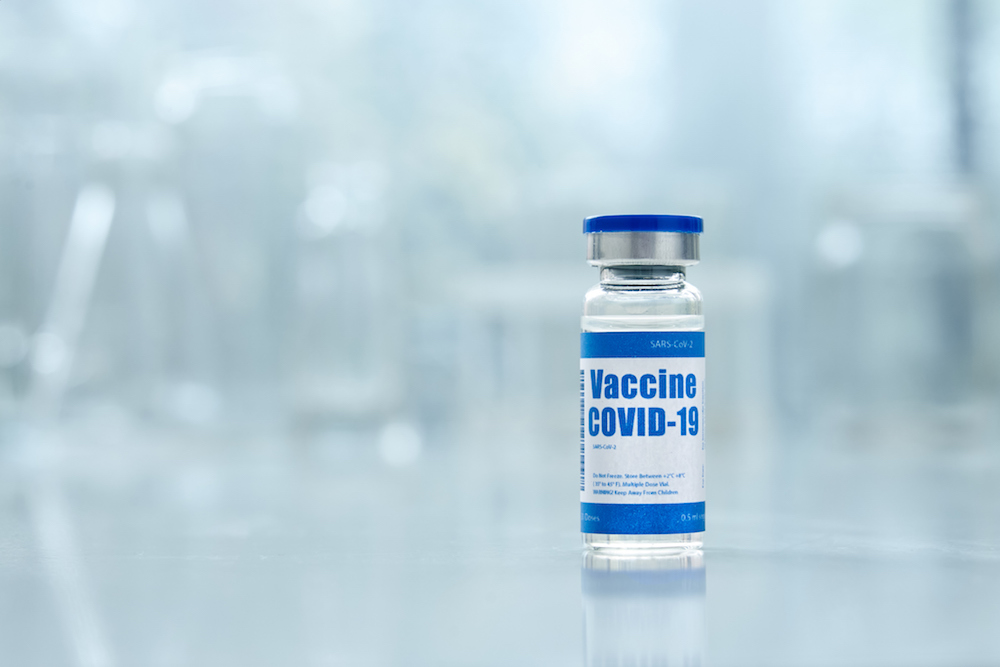In recent headlines, we’ve seen examples where COVID vaccines had to be used quickly or discarded after problems with the cold storage. At one Seattle health facility, staff and volunteers scrambled to administer 1,600 COVID vaccines in the middle of the night due to a freezer failure. At a Boston Veterans Affairs hospital, nearly 2,000 COVID vaccine doses were ruined because a freezer was unplugged.
With the huge imbalance between current supplies of vaccines and the number of people who want/need the vaccines, any storage temperature issues that cause vaccines to be disposed of prematurely is truly tragic. The issues raise questions for hospitals and healthcare facilities: What are the vaccine storage problems? Why is this happening? What can be done to prevent more vaccines from being disposed of due to storage temperature problems?
The Unique Temperature Needs of Different COVID Vaccines — And How to Navigate Them
The Pfizer vaccine needs to be stored at -70℃ or colder until just before it is prepared for use. The vaccine must remain frozen from the time it is shipped from the factory to the dispensing location where the vaccine injections are given.
Frozen Pfizer vaccines are transferred from the -80℃ storage freezers in the factory to well-insulated shipping containers packed with dry ice (-79℃) to keep the vaccines frozen during shipment. The dry ice inside the shipping containers typically last about five or six days — more than enough time for trucks/planes to get the vaccines to a regional distribution hub (with -80℃ freezers) or directly to a hospital or alternate location where the injections are actually given to patients.
The shipping containers include temperature sensors that confirm the vaccines were kept below -70°C during transit. The vaccines are taken out of shipping containers and placed into -80°C freezers that should have a temperature monitoring system to confirm the vaccines are continuously kept below -70°C until they are ready to be administered to patients or shipped to a pharmacy or other location.
Most hospitals have -80°C freezers, with some recently acquired to store vaccines. The recent examples of vaccine temperature storage problems tell a story of undetected freezer failures attributed to various causes. Undetected problems with a freezer should not happen with a modern temperature monitoring system in place. The monitoring system should notify key personnel immediately and repeatedly if there is a temperature issue (e.g., the temperature climbs from -80°C to -71°C, almost at the limit of safe vaccine storage). Further, in the event of power loss to the freezer due to a major outage, tripped circuit breaker or even a pulled plug, notifications should be sent out that the sensor has lost communication so immediate action can be taken. Implementing the appropriate backup and/or emergency power also provides an additional layer of protection for the vaccines.
The same sentiment rings true for other COVID vaccines, except their safe storage temperature limits are different. For the Moderna vaccine, the safe storage temperature is -20℃, while the Johnson & Johnson vaccine has a safe storage temperature of +4℃ (or regular refrigerator temperature). In all cases, it’s critical to continuously monitor COVID vaccine storage temperatures and immediately notify key personnel the temperature is approaching the safety limit, or the sensor is not reporting anymore, indicating a facility problem that may also be affecting the freezer or refrigerator.
At CORIS, we’ve developed our own state-of-the-art remote temperature monitoring system so necessary personnel can receive real-time, repeated alerts when there’s a potential temperature issue — whether it be a phone call, text or email (whichever is preferred). That way, freezer and refrigerator problems can be detected earlier and stored vaccines can remain safe. Contact us today to learn more about our system and services.





